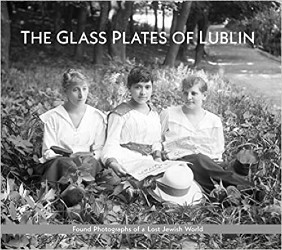By
– January 13, 2012
French professor of social sciences and “theory of image” specialist author Georges Didi-Huberman takes a turn from his previously more traditional subject matter to analyze a series of four disturbing photographs in his latest publication, Images In Spite of All.
The title of the book itself speaks to the conundrum of the imagery — pictures taken in 1944 by the Sonderkommando, or special squad of prisoners at Auschwitz, who were charged with the unthinkable task of overseeing mass exterminations of their Jewish brethren. The fact that the pictures even exist is a true anomaly, which to a great extent is what the textual discourse is all about.
The book raises several intriguing philosophical questions, at the core of which is: How is it possible to take a picture of something so horrific, so unimaginable, yet how could they not have? If the mission of the Nazi regime was the Final Solution— along with destroying any evidence that the entire Dante-esque scenario ever took place, it was the Jewish prisoners, who while not quite able to believe themselves the atrocities they were living and observing, realized that the task of documentation fell to them. At the risk of fatal retaliation, a scheme was hatched to smuggle film into the camp, document what was transpiring, and smuggle it back out to reach resistance forces and ultimately the rest of the world. Beyond the pictures— which of course don’t have the ability to judge, just to show what is actually there — the purpose was to convince the rational mind that the irrational and unimaginable was indisputable reality.
While this publication doesn’t answer the resounding question of how the Holocaust was able to happen, it forces the reader to grapple with issues the rational human mind isn’t traditionally programmed to address and process.
Molly Beth Dubin received an M.A. in art history and museum studies from the University of Denver. She is cultural arts director for the Harry & Rose Samson Family Jewish Community Center of Milwaukee.




